-
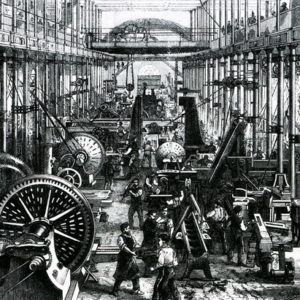
The spatialization of workflow
At the beginning of the industrial revolution, workspaces were scattered over factory plans in no rational order. They naturally emerged around stationary large products, machines, and tool sets. The rise of the assembly line brought a new strategy for factory space: the spatialization of the workflow, i.e. to ascribe tasks to certain spaces and to […] - Mar 25, 2015 -
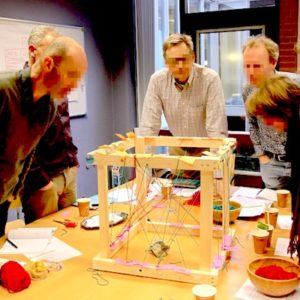
Flood protection area planning (2015)
Grebbedijk is a flood protection complex around Wageningen and Utrecht, The Netherlands. The stakeholders are considering adding extra functions to the area in order to generate more economic activity and nature-oriented leisure. The project is facing dilemmas because the available strategies present both advantageous and disadvantageous effects. For example, enlarging the harbor is deemed to […] - Mar 25, 2015 -
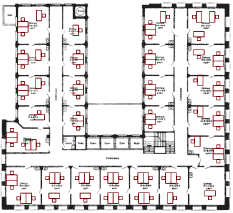
The flexibilization of workspaces
The organizations interested in the co-creation of knowledge are making workspaces more flexible to enable temporary project-specific adaptations, casual encounters, and unplanned team work. However, the flexibilization of workspaces is pursued by organizations interested in the optimization of work processes too, with a different motivation: they want to shrink or grow the employee base at the […] - Mar 24, 2015 -

The optimization of work processes
Work has been a traditional human activity for millennia, evolving into the many directions that needs and curiosity brings about. Since the industrial revolution, though, work is being channeled towards one direction: maximizing the collective productivity. The first implication of this redirection is the split between the worker and the work process, which is then […] - Mar 22, 2015 -
 Knowledge production in ancient Greece was the privilege of a few men. They had slaves of their own or they benefit indirectly from slave labor. By handling the basic activities of survival to slaves, they could concentrate on the higher activity of thinking. Already in Greece, there was a divide between those who possess knowledge […] - Mar 18, 2015
Knowledge production in ancient Greece was the privilege of a few men. They had slaves of their own or they benefit indirectly from slave labor. By handling the basic activities of survival to slaves, they could concentrate on the higher activity of thinking. Already in Greece, there was a divide between those who possess knowledge […] - Mar 18, 2015 -
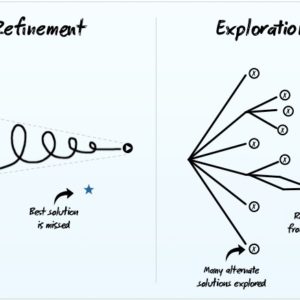
The alienation of design possibilities
The progressive contraction of design representations is synchronized with the alienation of design possibilities. Alienation means that some of the design possibilities are taken out of the design space and, therefore, never considered. These possibilities are put aside for being unacceptable, unthinkable, or unknown. This can happen by many reasons. In the socialization of the […] - Mar 16, 2015 -
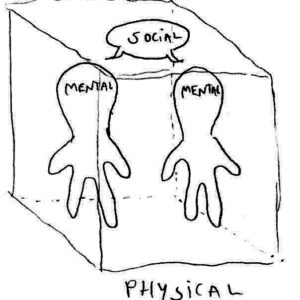
The socialization of the design space
The expansion of the design object from materials to experiences is synchronized with the socialization of the design space. The design space can be understood in three ways: Saying that, I believe there is a strong link between the physical, the social and the mental, one feeding the other. In that sense, the design space […] - Mar 16, 2015 -
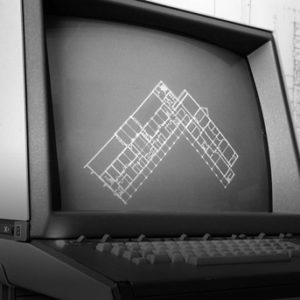
The contraction of design representations
In the last post, I described the expansion of the design object in the last centuries. This process is followed by another historical change in the opposite direction. Instead of expanding together with the object, the design representations are becoming smaller and more precise. The representations are being contracted in the hopes of corralling the […] - Mar 12, 2015 -
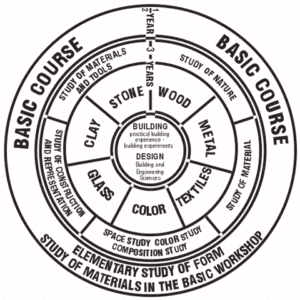
The expansion of the design object: from materials to experiences
The object of design was once easy to grasp. If we look at the first Bauhaus curriculum, we see the prominent role the building materials played in the designer’s formation. The aspiring designer was supposed to master these materials and tranform them into aesthetical compositions. At this time, the materials were the design object: concrete, […] - Mar 9, 2015
Frederick van Amstel
Design researcher & educator